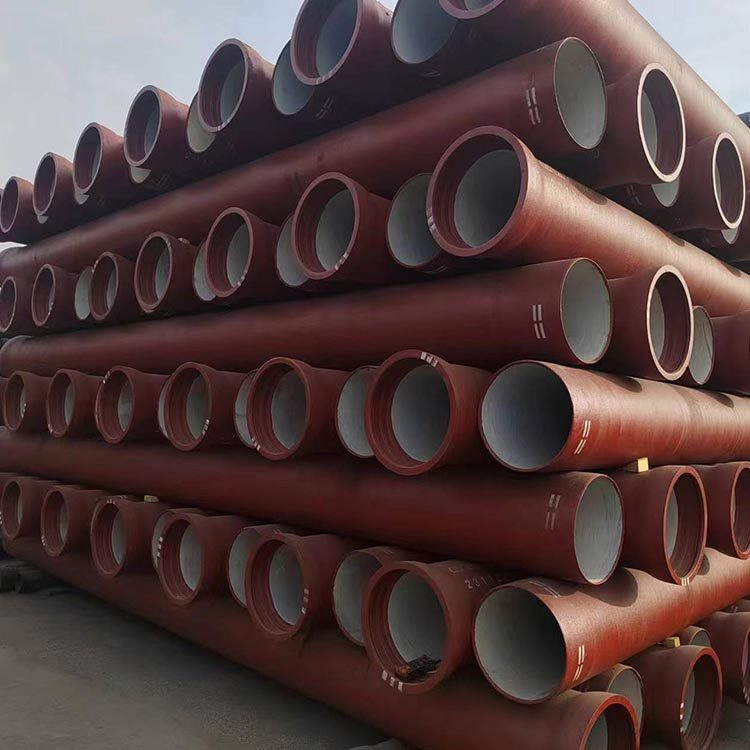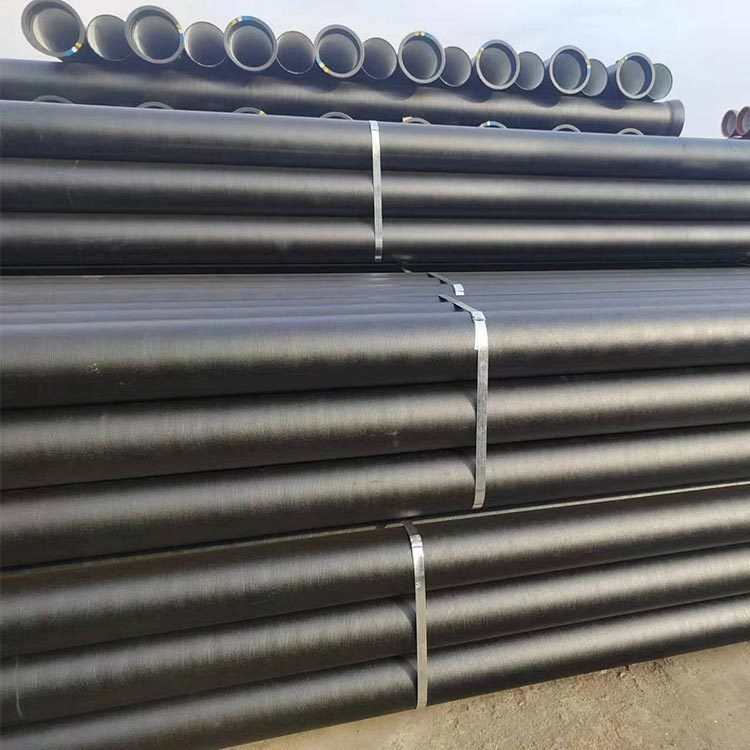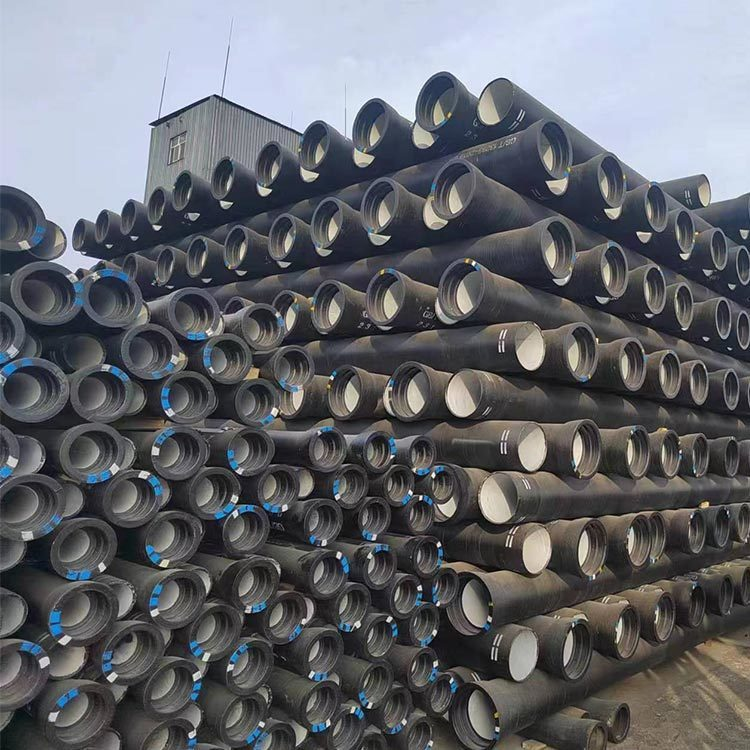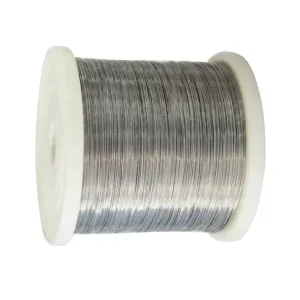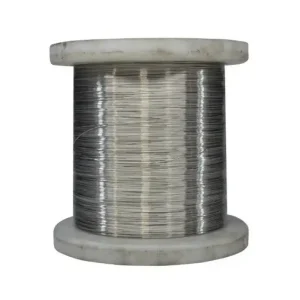In the United States, ex-works prices for ductile iron pipes typically range from USD 780–960 per metric ton, with occasional smaller-batch rates dipping to USD 463–482/t. In Europe, although less transparently quoted online, market reports estimate prices between EUR 1,100–1,400/t (≈ USD 1,200–1,500/t), driven by high manufacturing and compliance costs. In India, for mid-scale procurement, ductile iron pipe rates generally fall within USD 700–900/t, aligned with growing infrastructure investment . In China, pricing varies significantly: large-diameter, fully coated K9 pipes run USD 615–665/t, while more common small-to-mid diameters trade between USD 400–500/t.
Global Market Forecast for Ductile Iron Pipes
We’ve tapped into recent market research to project growth trajectories. According to Market Research Future, the global ductile iron pipe market is expected to reach USD 12.5 billion by 2030, growing at a CAGR of 5.8% from 2024 to 2030. Meanwhile, Asia Pacific remains the fastest‑growing region, accounting for over 35% of demand by 2028. These numbers underscore expanding urbanization and infrastructure renewal programs.
Global Price Comparison Table
| Region | Average Price (USD/kg) | Typical Diameter Range (mm) | Comments |
|---|---|---|---|
| North America | 1.10 | 80 – 1000 | High labor and raw‑material costs |
| Europe | 1.25 | 80 – 1200 | Strict EN 545/598 standards enforced |
| Asia Pacific | 0.90 | 80 – 900 | Lower manufacturing overhead |
| Middle East | 0.95 | 100 – 800 | Growing oil‑&‑gas infrastructure |
| Latin America | 1.00 | 80 – 1000 | Import duties may apply |
Factors Influencing DI Pipe Pricing
We know that multiple drivers shape the final invoice:
-
Raw‑Material Costs: Fluctuations in pig iron and scrap steel affect base alloy prices.
-
Energy Prices: Casting and machining are energy‑intensive; electricity rates matter.
-
Standards Compliance: Adherence to ASTM A536, EN 545, or ISO 2531 may add testing fees.
-
Logistics & Duty: Freight charges and import tariffs can add 10–15% to landed cost.
-
Order Volume: Larger orders often secure ballpark figure discounts of 3–5%.
Procurement Considerations
When sourcing DI pipes, we recommend you:
-
Verify Certification: Ensure suppliers hold ISO 9001 and relevant third‑party test reports.
-
Sample Testing: Insist on tensile, hardness, and nodularity tests per ASTM A536.
-
Lead Time Transparency: Confirm production schedules to stay in the loop.
-
Inventory Buffer: Keep 10–15% safety stock to manage urgent repairs.
-
Payment Terms: Negotiate flexible terms—L/C at sight versus T/T partial prepaid.
Application Scenarios of Ductile Iron Pipes
We’ve seen DI pipes serve reliably in:
-
Municipal Water Networks: Diameters from 80 mm to 1200 mm, pressure classes K9–K12.
-
Sanitary Sewers: Cement‑lined options resist acidic effluents.
-
Industrial Plants: High‐temperature lime or slaked‐lime transport.
-
Fire‑fighting Systems: Class 52 pipes withstand elevated internal pressures.
-
Oil‑&‑Gas Corridors: Protective coatings fend off chlorides.
Advantages Analysis
Ductile iron piping systems offer clear benefits:
-
High Tensile Strength: Up to 485 MPa, avoiding brittle failures.
-
Excellent Corrosion Resistance: Graphite nodules block crack propagation.
-
Ease of Jointing: Push‑on and mechanical couplings speed up onsite work.
-
Long Service Life: Over 100 years under optimal coatings and cathodic protection.
-
Cost‑Effective Maintenance: Minimal downtime, ballpark maintenance costs reduced by 30%.
Installation Technical Specifications
We adhere strictly to technical codes:
-
Trench Depth & Bedding: Minimum 1.2 m cover; Class B bedding per EN 1610.
-
Joint Assembly: Lubricant‑coated gaskets per ASTM C1116; torque per manufacturer’s torque chart.
-
Backfilling: Granular material free of debris; compaction to 95% standard Proctor density.
-
Hydrostatic Testing: 1.5× working pressure held for 2 hours without leaks.
-
Cathodic Protection: Impressed current system monitored biannually.
Frequently Asked Questions
1. What are the current price ranges for ductile iron pipes in major global regions?
In mid‑2025, typical ex‑works/FOB prices vary significantly: in the U.S., around USD 780–960/t for standard K‑class pipes, with some smaller batches reaching USD 463–482/t. Europe sees higher costs—approximately EUR 1,100–1,400/t (≈ USD 1,200–1,500/t), reflecting stricter standards and higher production costs . India prices generally fall between USD 700–900/t, reflecting active infrastructure investment. China shows a split: large‑diameter coated K9 pipes at USD 615–665/t, while smaller sizes trade at USD 400–500/t.
2. Which factors most influence ductile iron pipe prices?
Key drivers include:
-
Raw‐material costs: Fluctuations in iron ore, scrap, and alloying elements are pivotal.
-
Manufacturing complexity and energy usage: Multiple processes and heat treatment stages add cost.
-
Logistics: Especially for smaller diameters, shipping can raise per‑unit cost.
-
Standards compliance: ASTM, EN, ISO certifications require testing and quality controls.
-
Market demand & scale: Volume purchases lower cost-per-ton; niche classes may hike prices.
3. Is ductile iron pipe more expensive than alternative materials like PVC?
Yes, Ductile Iron (DI) pipes often cost more upfront. For example, a 100‑year life‑cycle study showed DI’s annual cost being ~USD 26,300 higher than PVC PC‑200 across the same timeline—excluding electricity costs. However, DI’s lifespan of over 100 years and lower repair frequency enhance its long‑term value.
4. Do smaller-diameter pipes cost more per ton compared to larger sizes?
Yes. Smaller sizes, such as 3″–4″, often cost more per ton because they are produced at fewer facilities, increasing shipping and handling costs.
5. How do geopolitical or energy market changes affect DI pipe cost?
Since iron ore and electricity prices are major cost inputs, fluctuations can sharply impact margins. For instance, a ~70% surge in iron prices in 2021 triggered notable cost upticks in North American markets .
6. Can coating, lining, or class specification impact the price?
Absolutely. Upgrades like cement linings, PU/epoxy or protective coatings, and stronger classes (K9, K12) raise costs because they involve additional materials, quality testing, and processing steps

